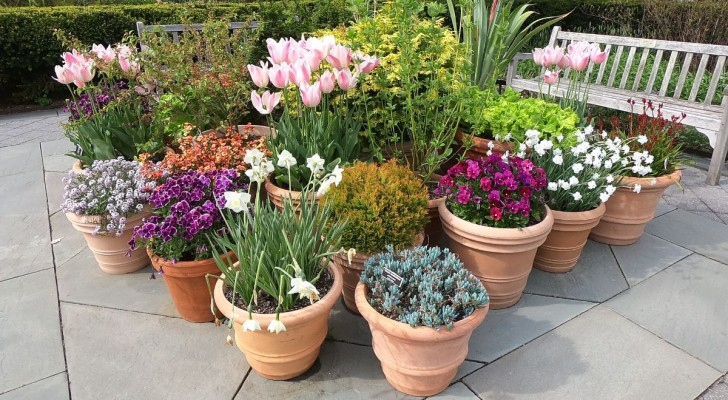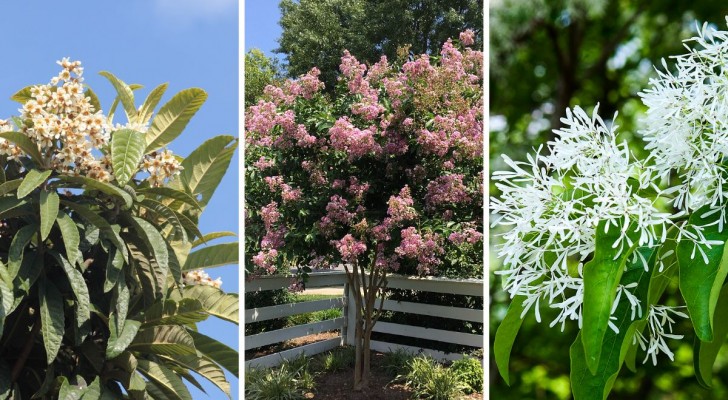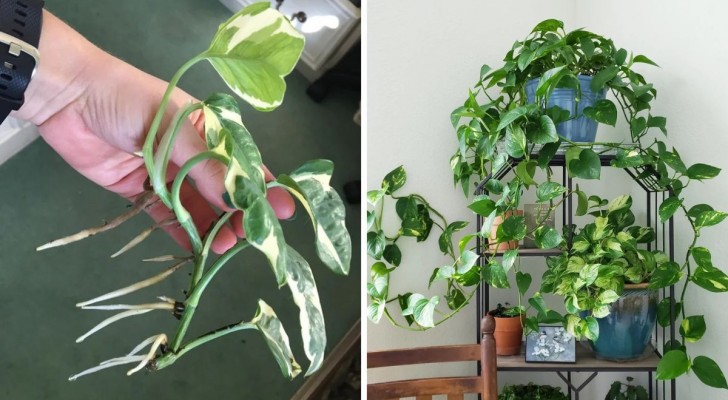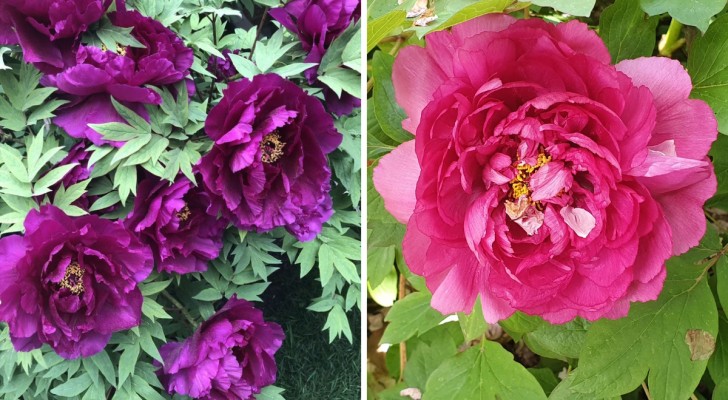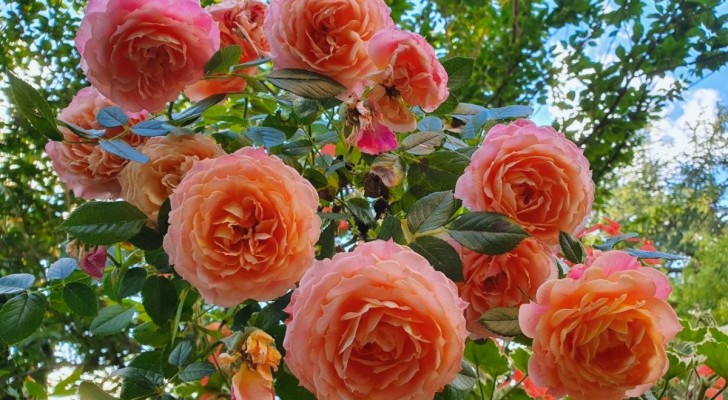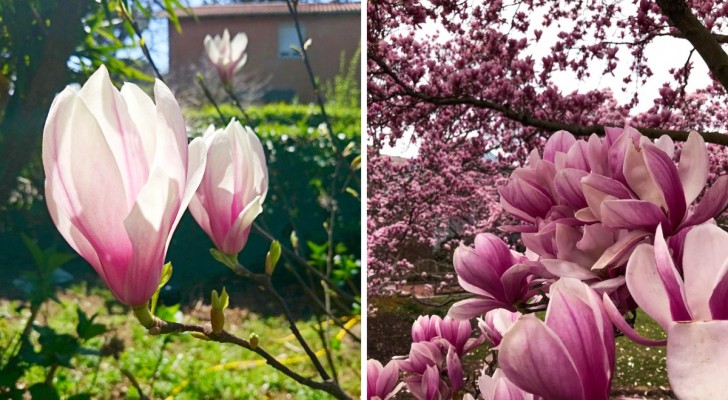Do you dream of having a fragrant garden? Discover which plants to choose
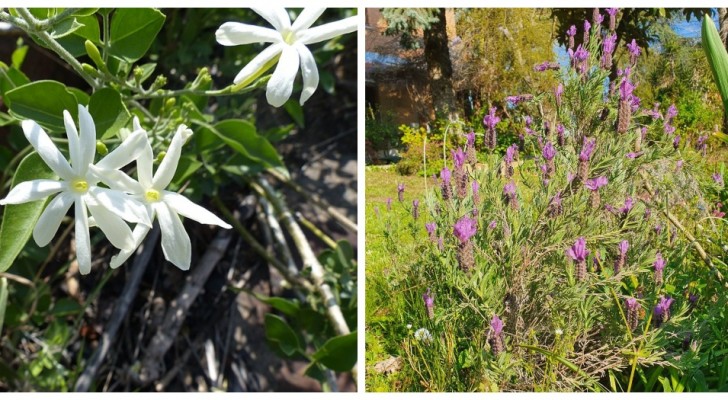
Imagine walking in your garden, or on the balcony, and smelling the scent of some plant carried on the wind: it is one of the wonders of nature that we can easily enjoy - if we choose the right plants.
There are many species of shrubs, herbaceous plants and even trees that have fragrant flowers or leaves, but some are easier to find and cultivate than others. And with these plants we can create areas in the garden that are not only beautiful to look at, but also to "smell". And very often, plants that have naturally intoxicating scent (but not those created through hybridization like certain types of roses) are popular with pollinating insects: so planting them in our green corners becomes a pleasure for us and a helping hand for the ecosystem. Below we give example of five of the most common scented plants that are used for this purpose:
Lavender
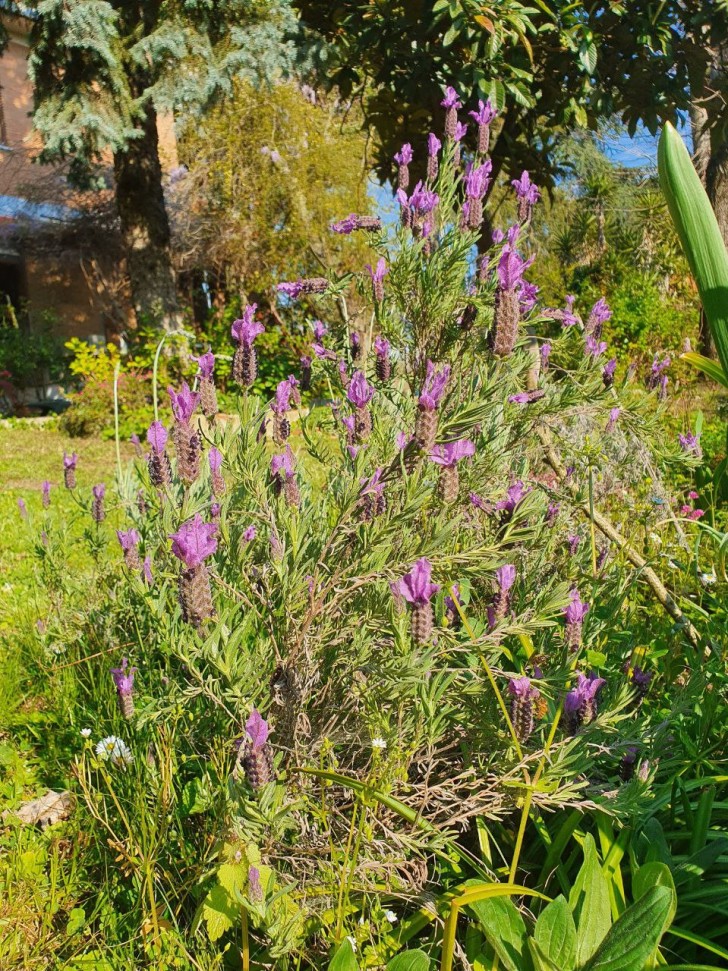
Creativo
This plant not only has a very pleasant scent - which is given off when the foliage is moved by the wind or when we touch the branches - but it is also one of the most liked by pollinating insects. Choose a spot for the plant where it can be touched by sunlight for as many hours in the day as possible.
Lavendar is an undemanding plant, which can resist periods of drought, dry and arid summers and also loves windy areas. If placed in the right place, with well-draining soil, it quickly takes over the available space by filling the area with a dense vegetation of silver leaves, which are also as fragrant as the flowers it produces. There are different types of lavender, but almost all of them become fairly compact bushes with a maximum height of around 50 to 70 cm.
Chamomile
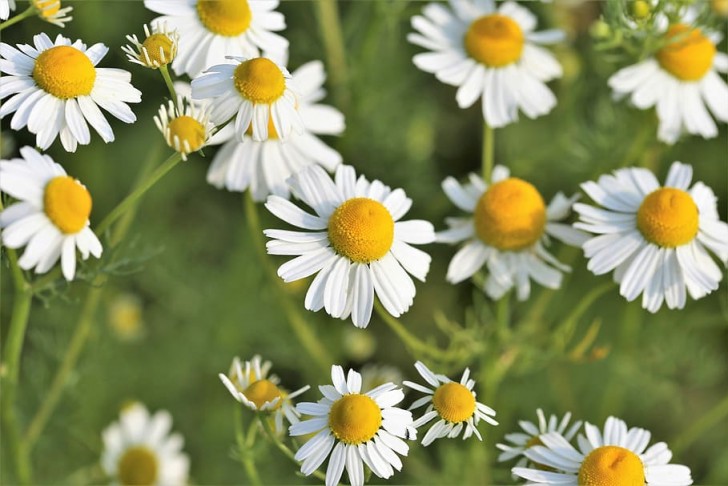
Chamomile (Matricaria camomile), which is often confused with the so-called "false/faux chamomile", from which it differs by having a very pleasant and intense scent that the faux version lacks, is a plant that grows in the wild, but can also be easily cultivated.
This plant enjoys full exposure to the sun, and it prefers dry soil - even tolerating poor and somewhat calcareous earth. It should often be watered only when the plant is small and young. When the bush has taken possession of the soil, it is practically autonomous, therefore it is an excellent choice for low maintenance gardens.
Eucalyptus (Eucalyptus globulus)

If in addition to bushes, you are also looking for some larger plants, you could consider eucalyptus - in particular the "globulus" variety which is very popular for its leaves which are characterized by a gray-blue color with splashes of white. Eucalyptus loves full sunlight, which gives the leaves their intense color. But this plant manages to grow even in partial shade. They are robust plants that tolerate even very cold temperatures (although they prefer warmer climates).
On the other hand, they do not do well in areas where water stagnates, therefore it is necessary to place them in soil that drains off very well and do not overdo it when watering. Watering this plant is only recommended when they are first planted and are in their first phase of growth - after which, they become basically autonomous.
Jasmine (Jasminum spp.)
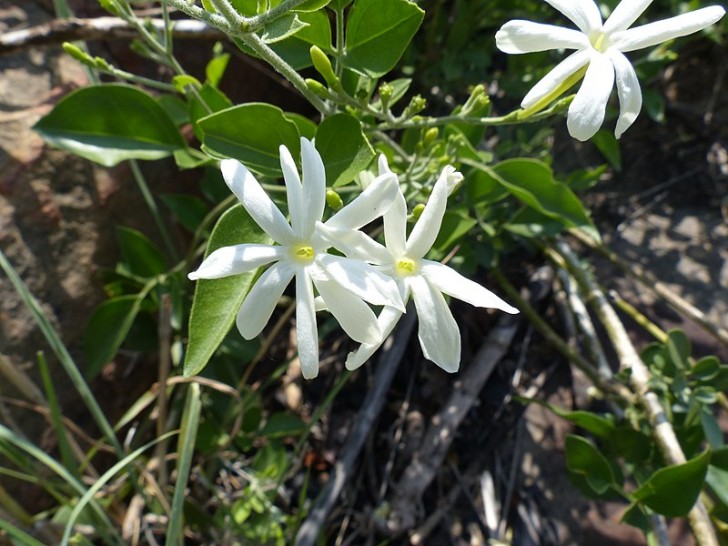
Among the most intoxicating, sweet and unmistakable scents that we can find in nature is the perfum of the jasmine plant. Like lavender, it is a scent that helps to relax us - so much so, that it is recommended to keep these plants near the bedroom (or inside the bedroom, if the condition are right to enable them to grow in pots). It is a climbing plant, very beautiful to see creeping along wall trellises or even on fences.
Although they prefer warm climates, they can grow even where winters are moderate (although they need to be placed in places sheltered from the wind). Their ideal exposure is bright and preferably sunny, but they can also be placed in slighty shaded areas - especially during the hottest hours of the day.
Lemon balm (m. officinalis)
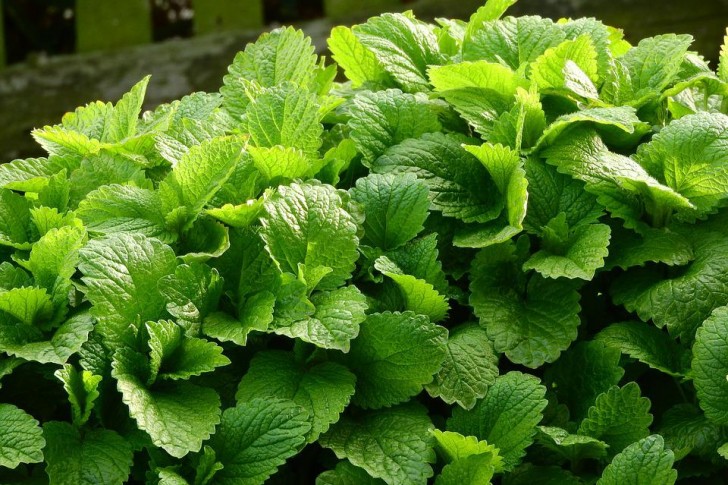
Much like mint in appearance and in its' care, lemon balm has a delicate citrusy smell (and taste) that makes it truly unique. Its calming properties are very well documented, and is used frequently for upset stomachs.
Lemon balm loves the sun and grows well in temperatures between 18 and 25 degrees C (64 - 77 degrees F). Like mint, with the arrival of the cold season it tends to its vigour and scent, but this returns in the spring. It is a very resistant plant, and is also suitable for the outdoors. It propagates very quickly - so much so that small offshoots are often found growing near the mother plant, and even between the cracks of outdoor paving. Fragrant and with known calming properties, it is a plant worth keeping at home.
